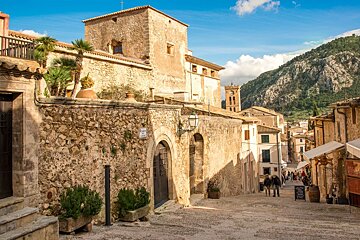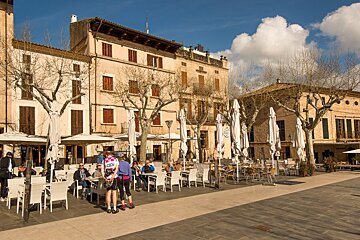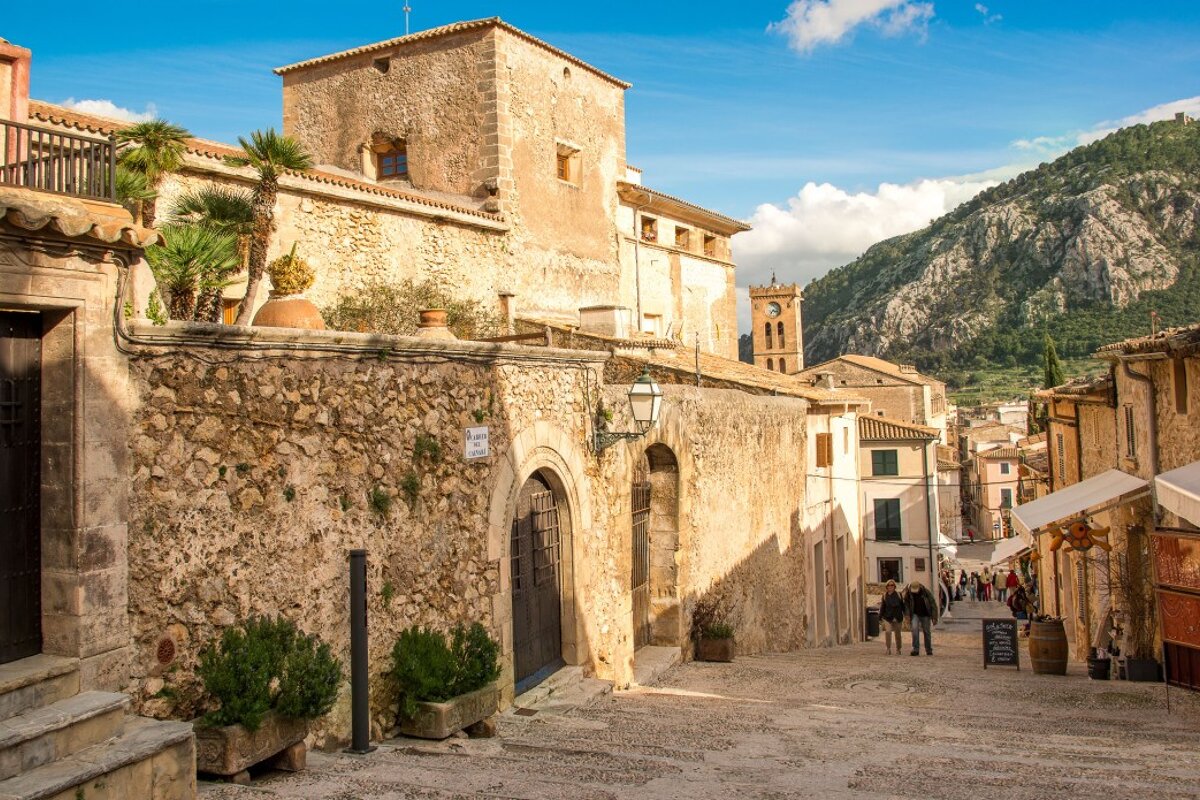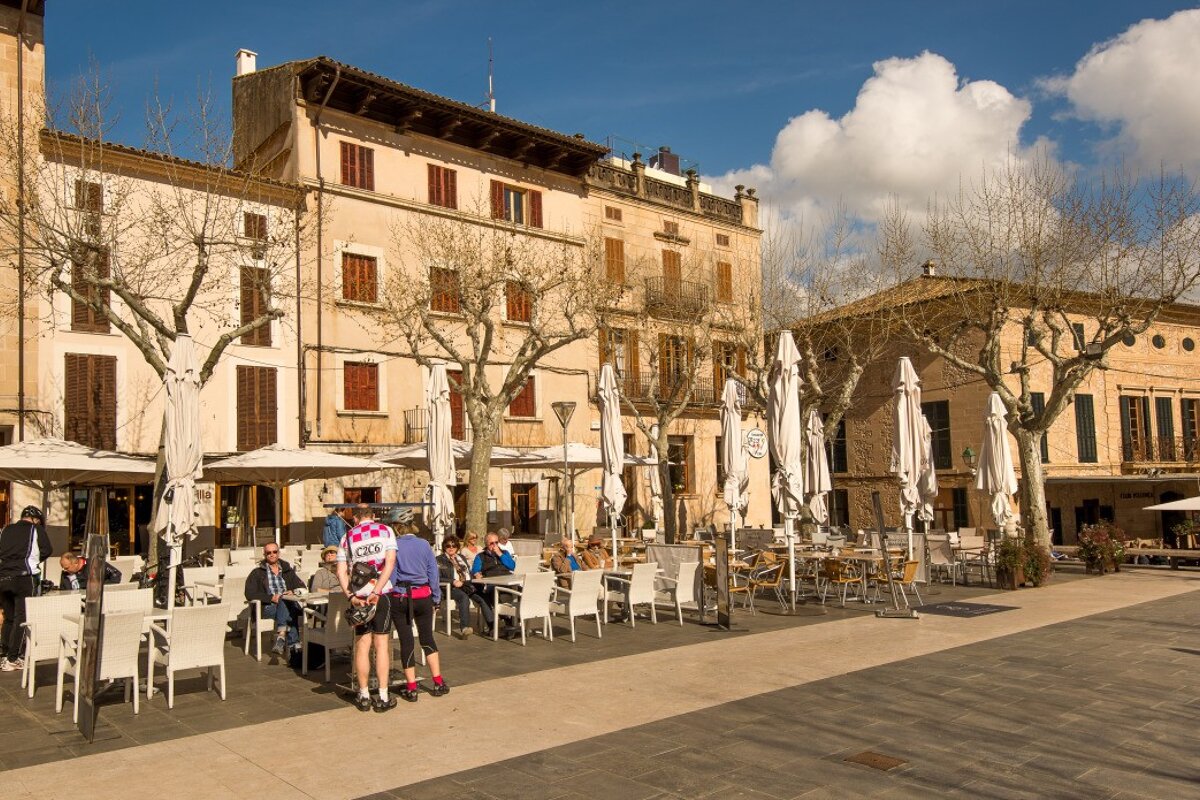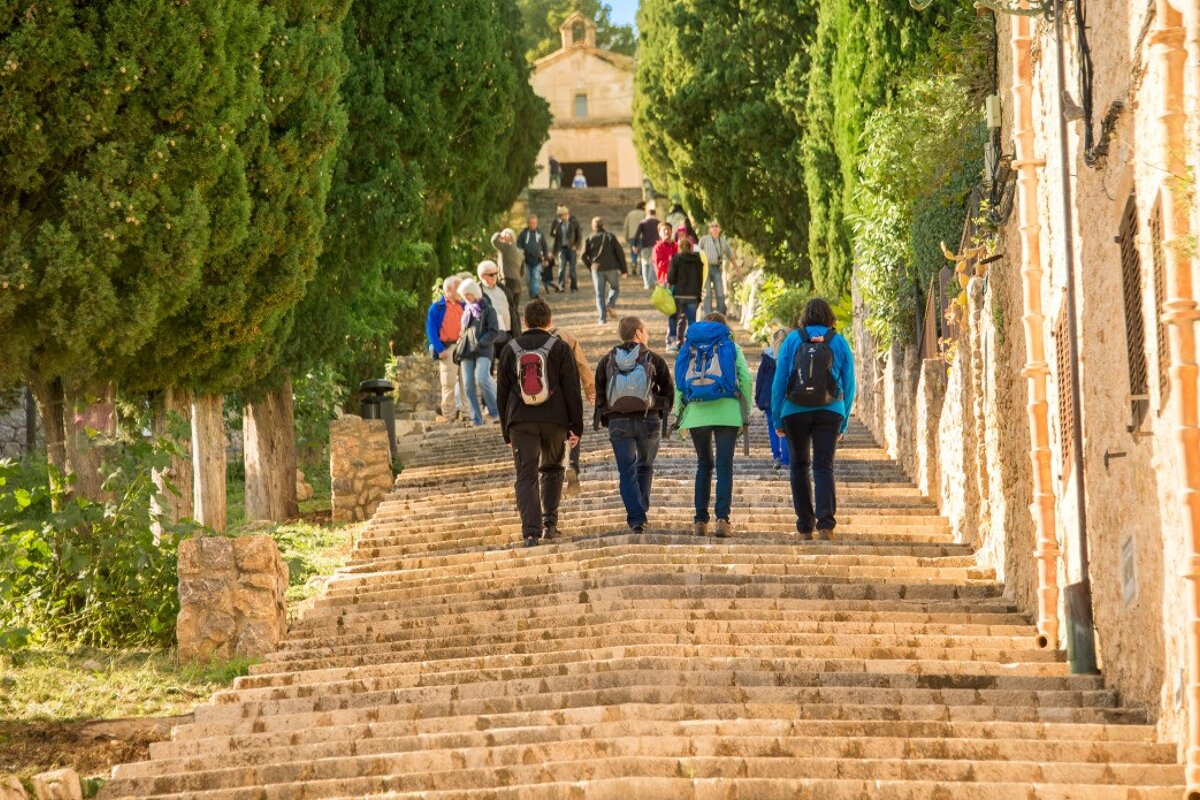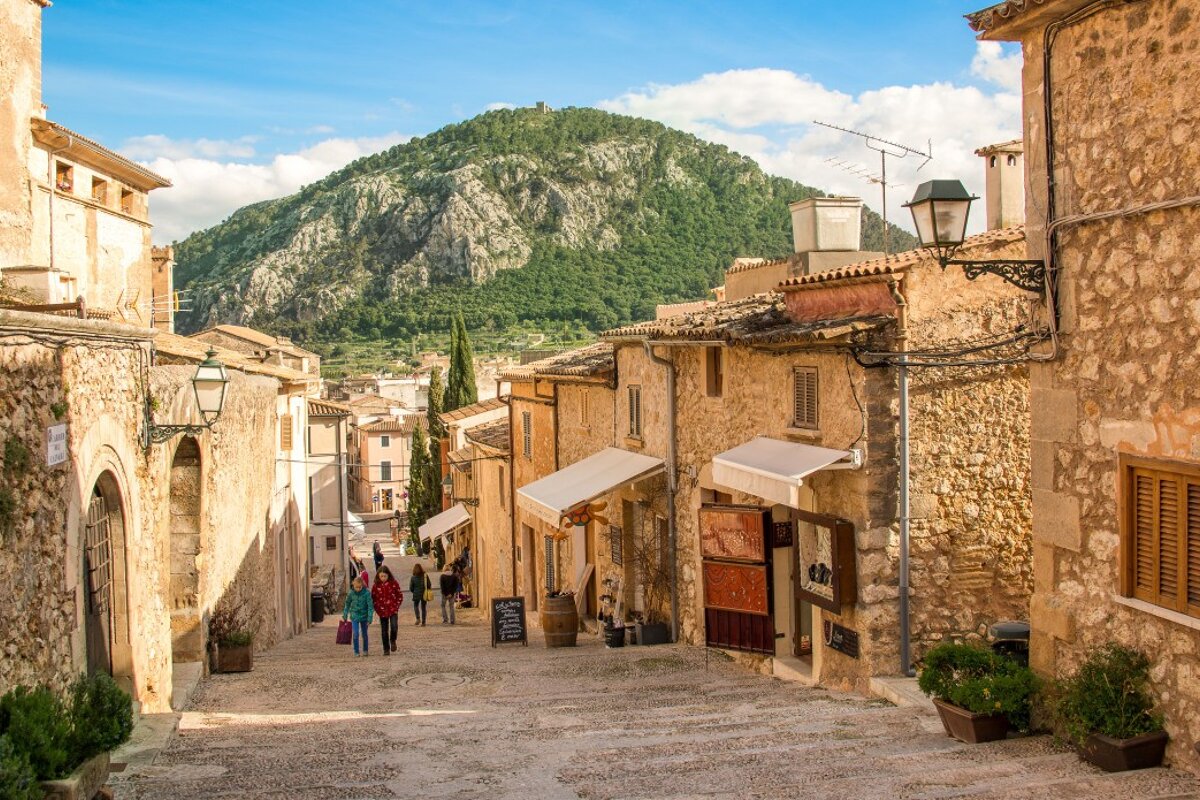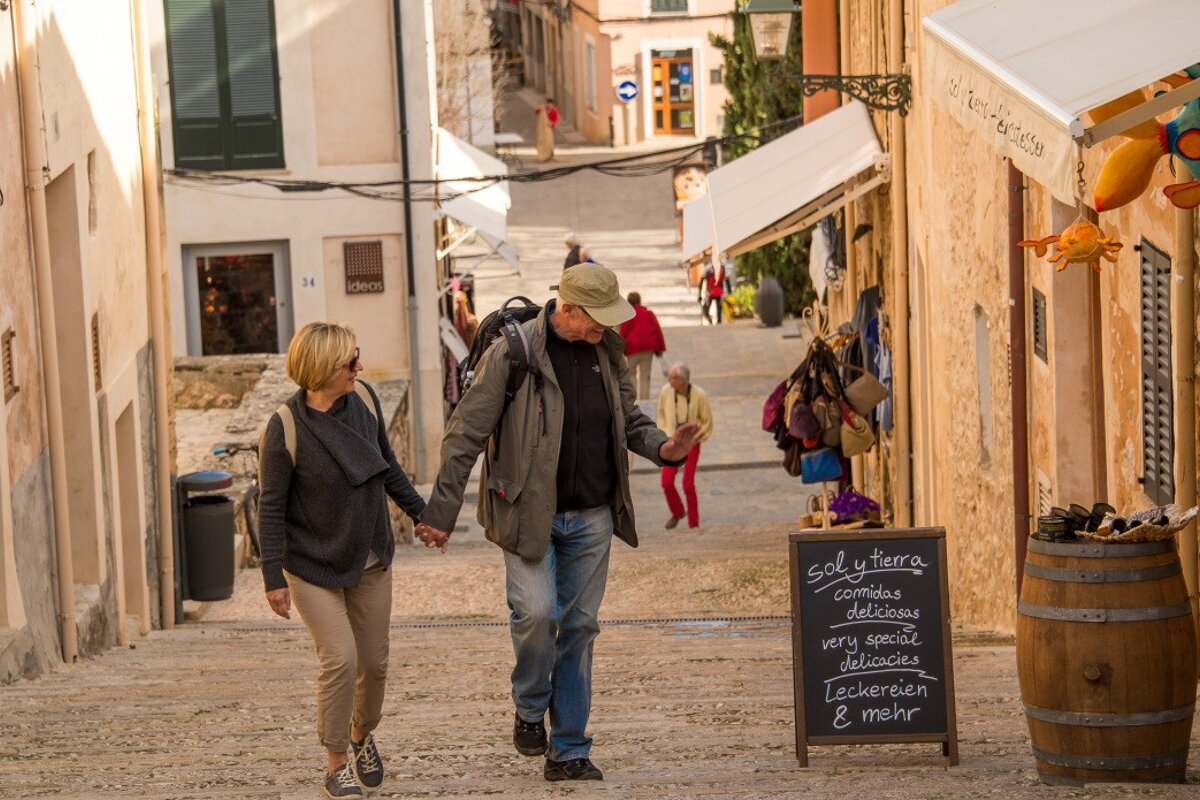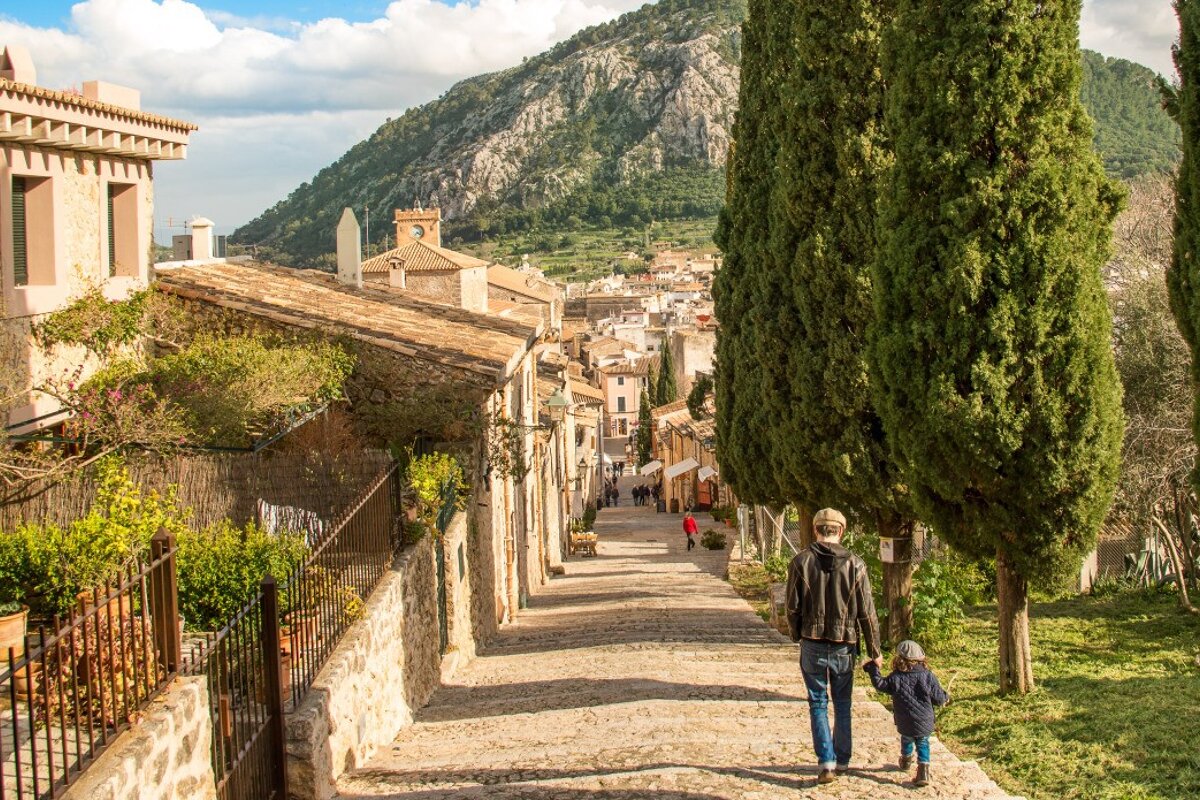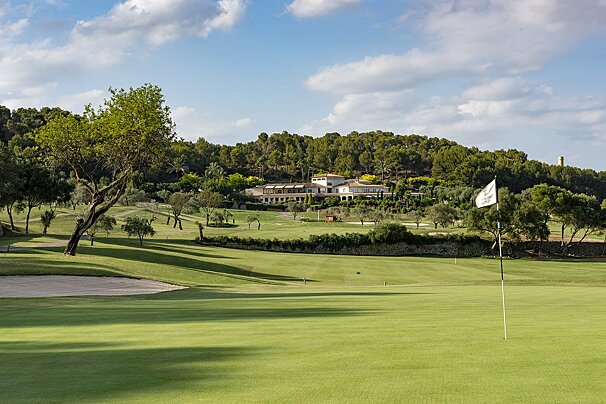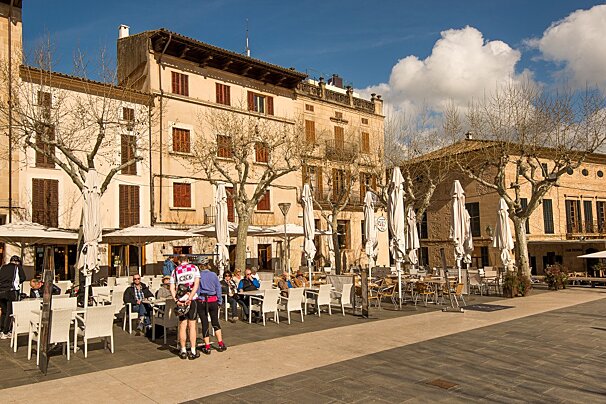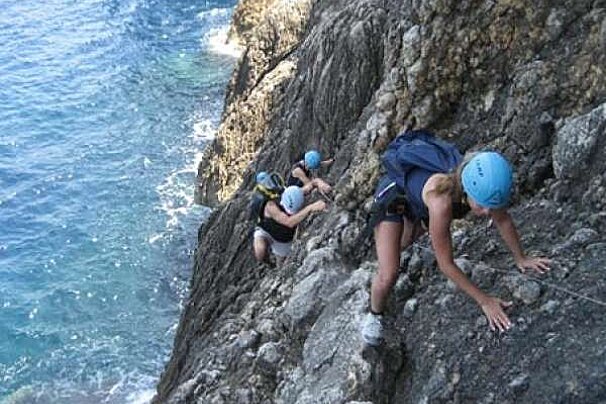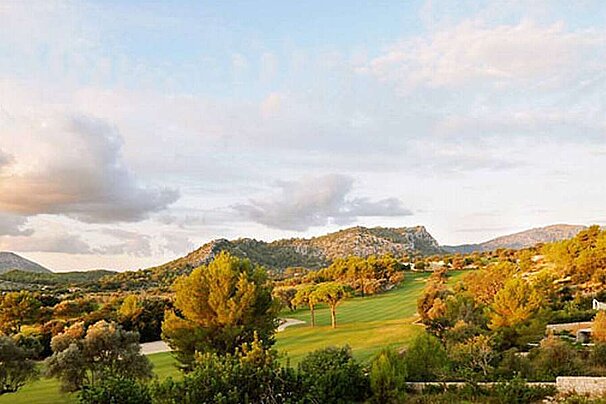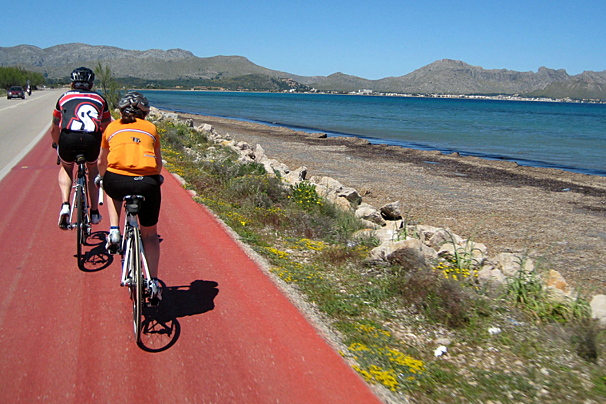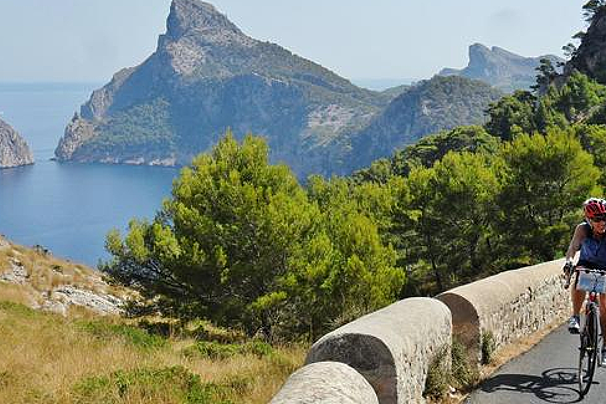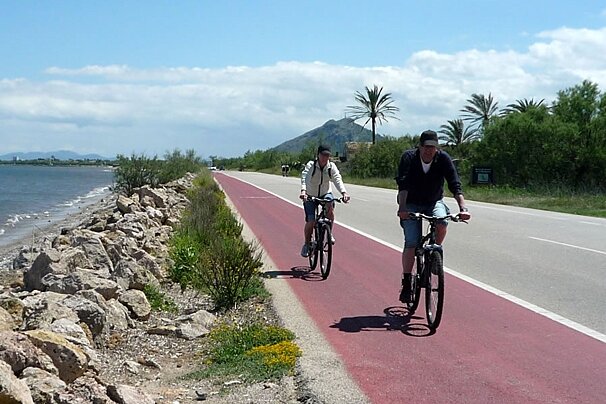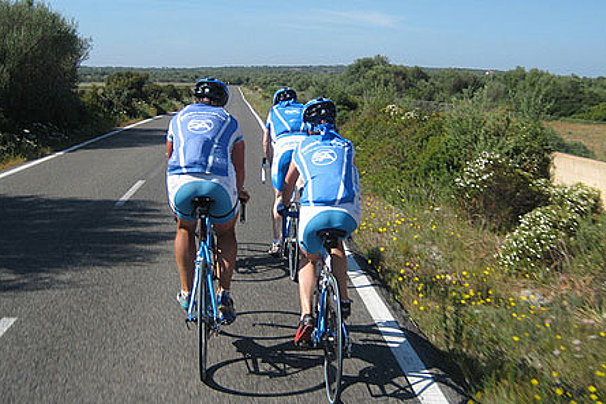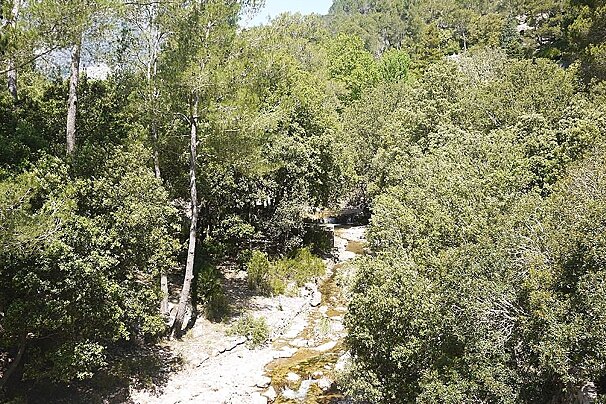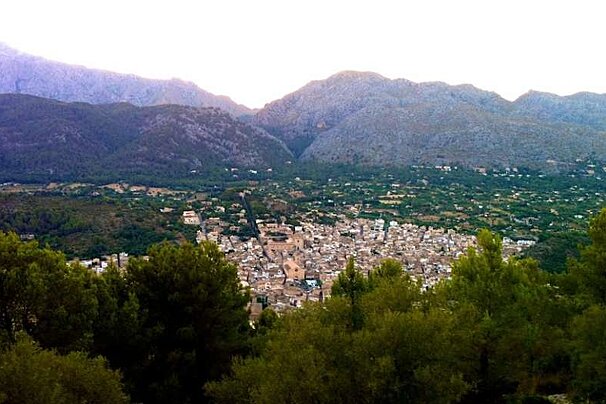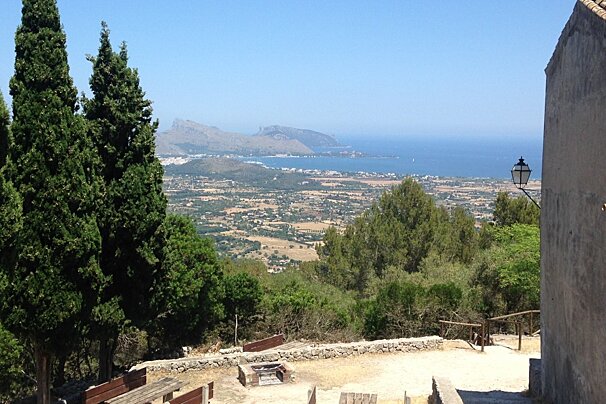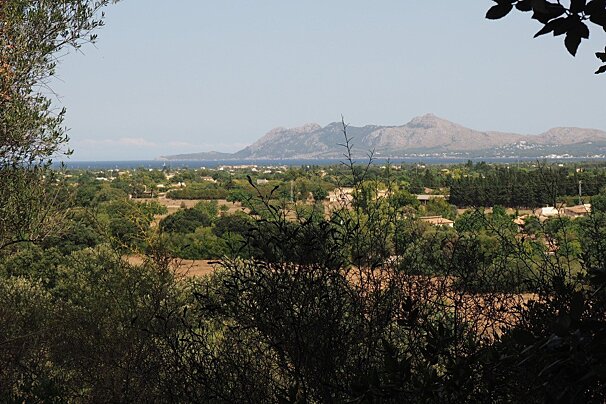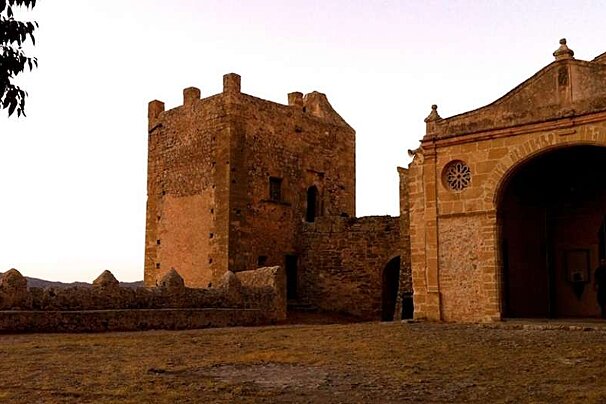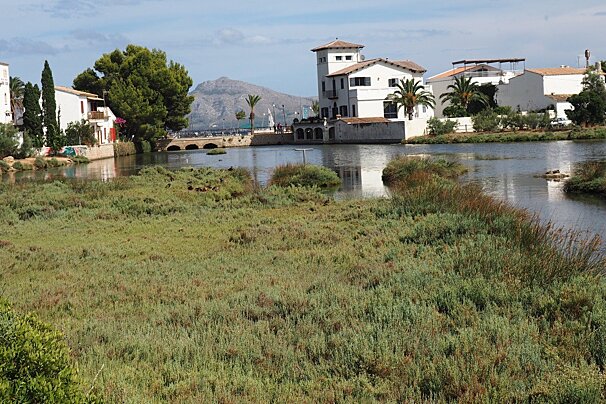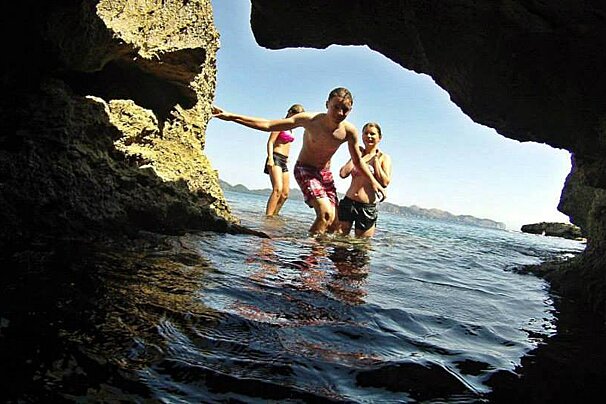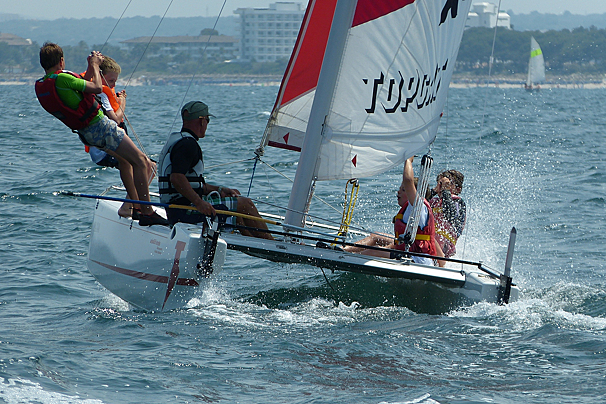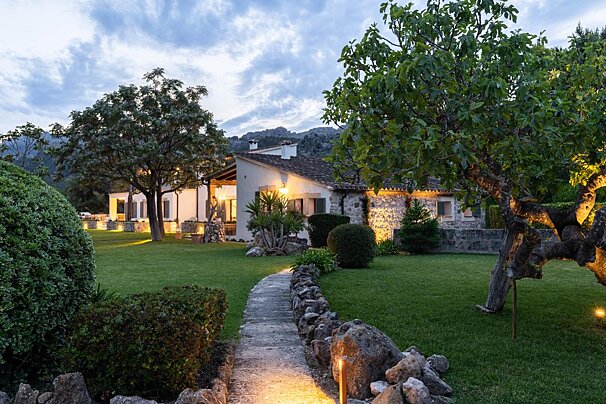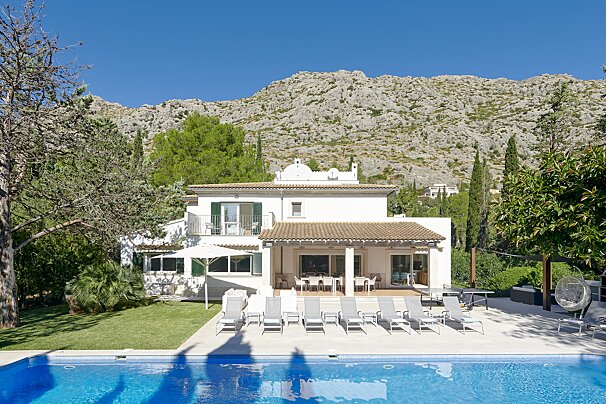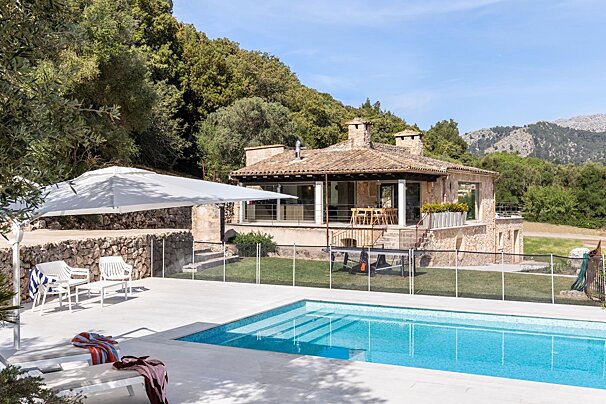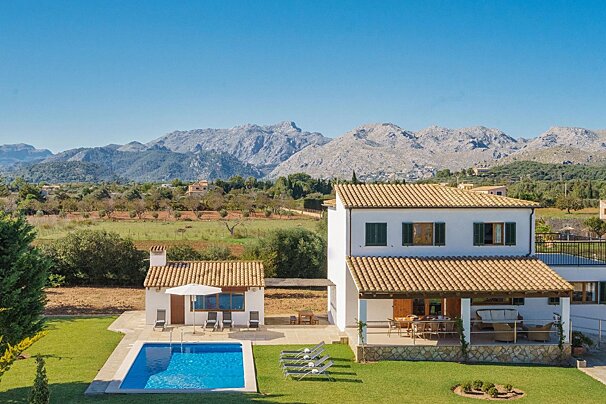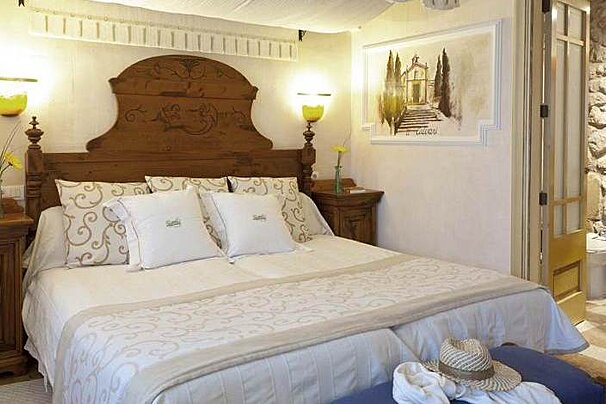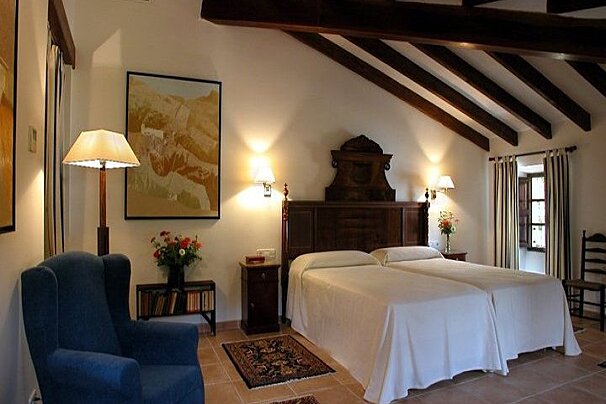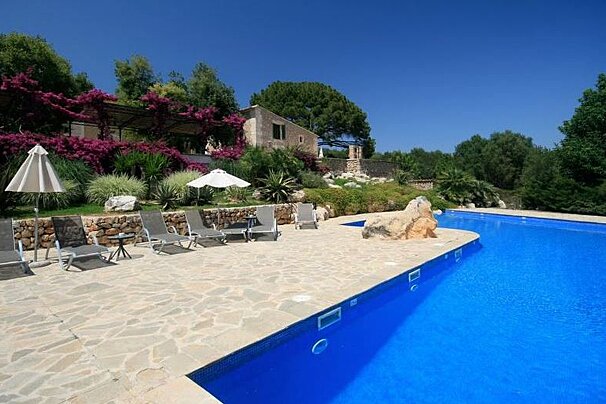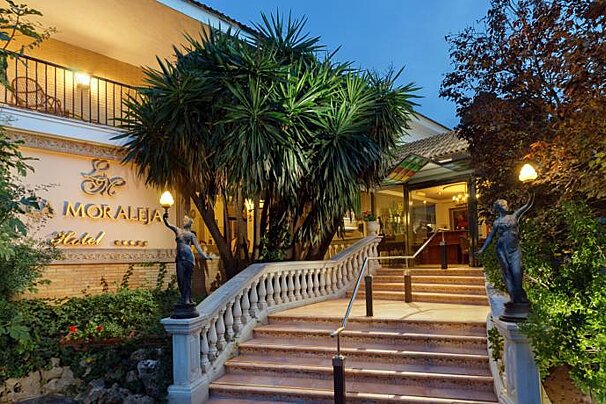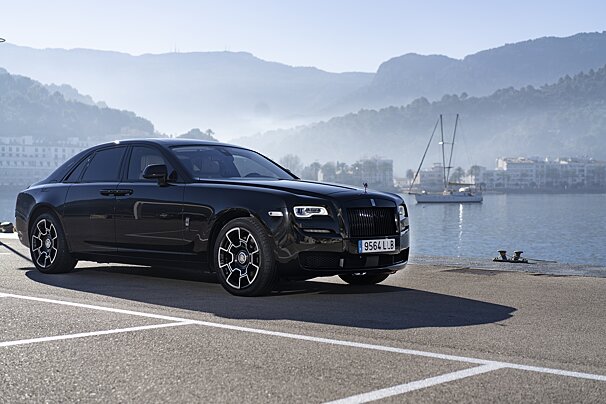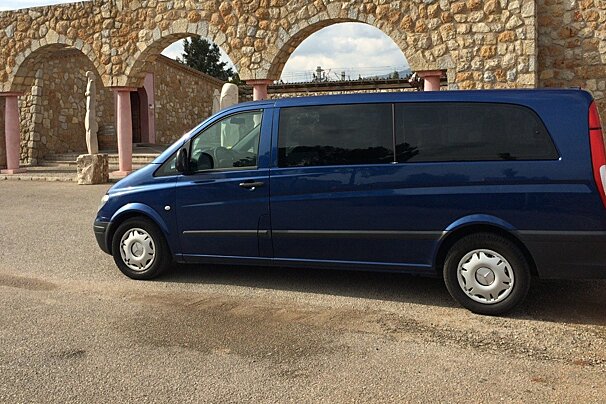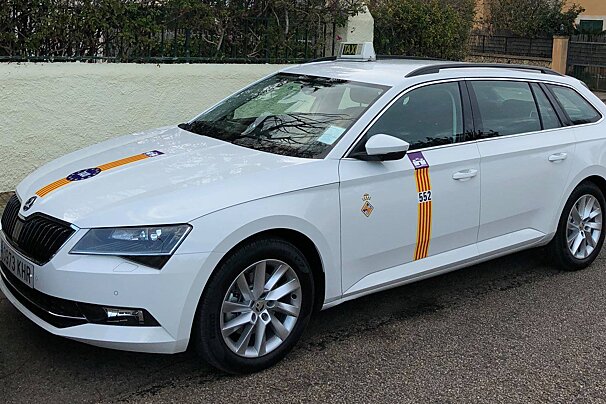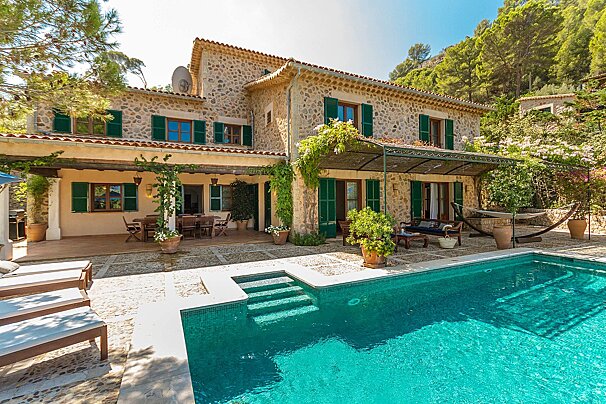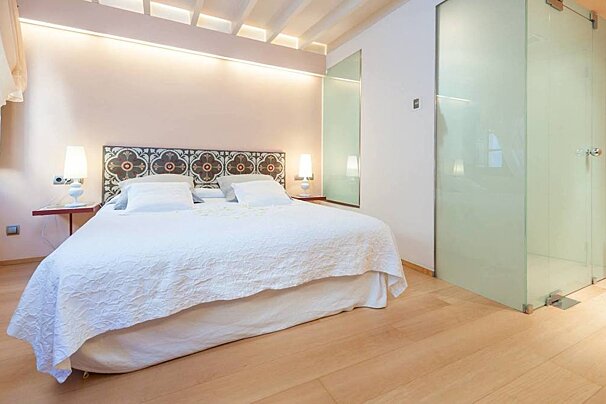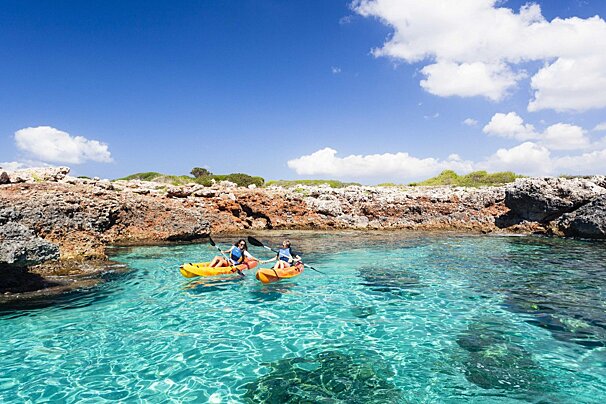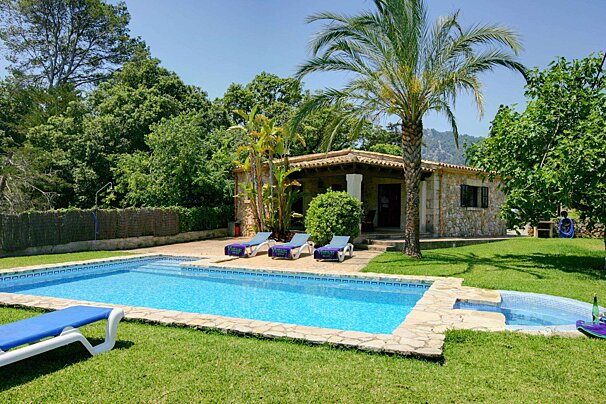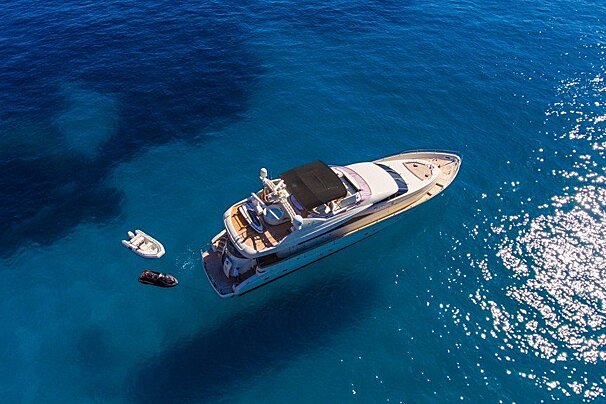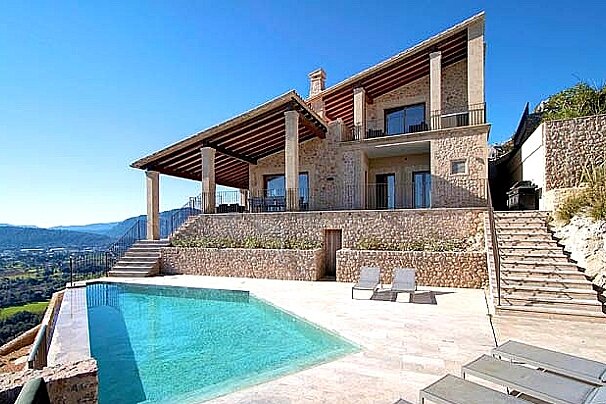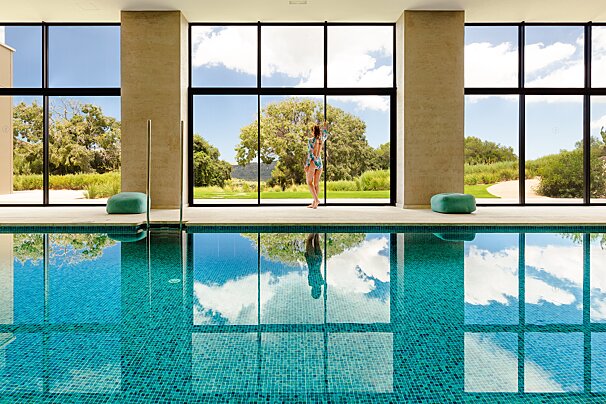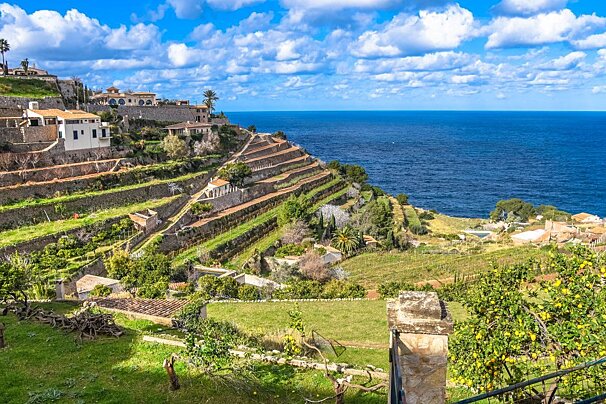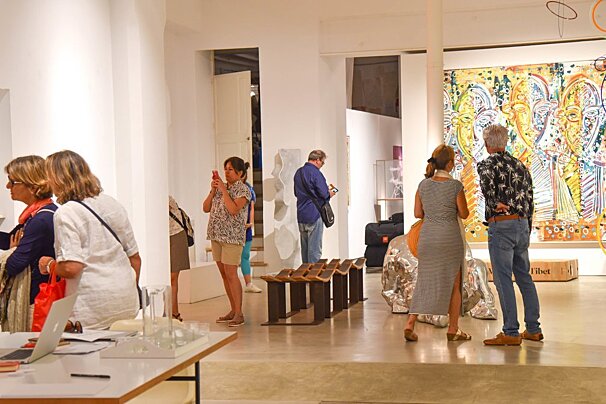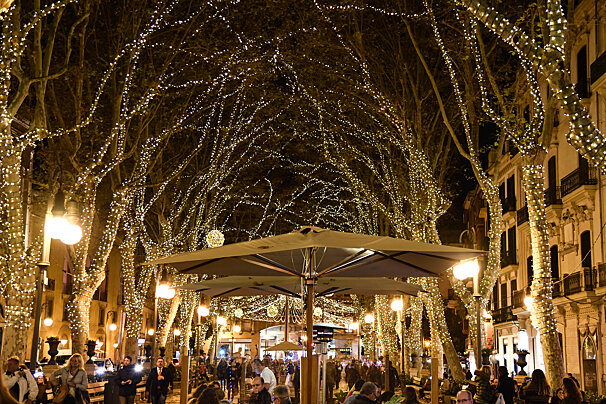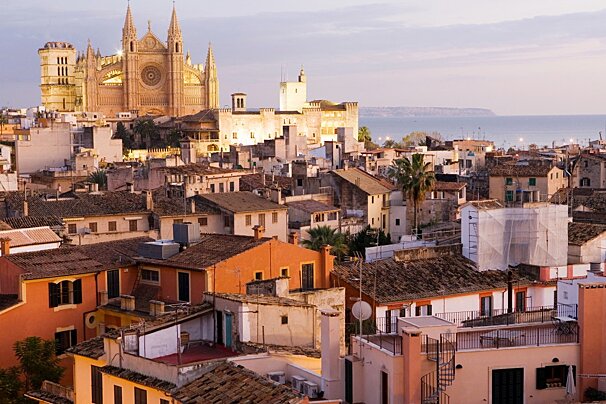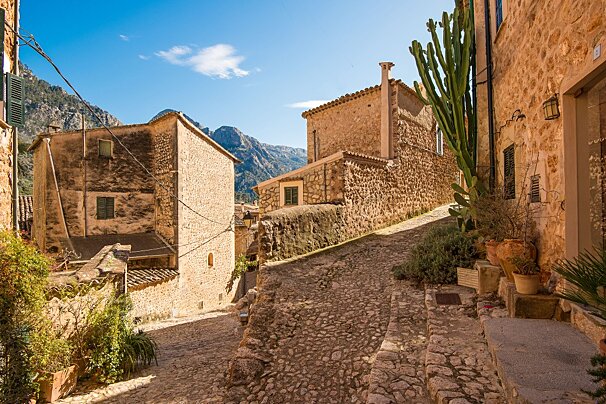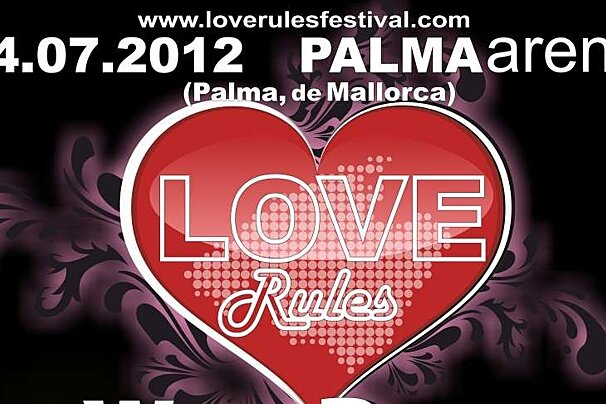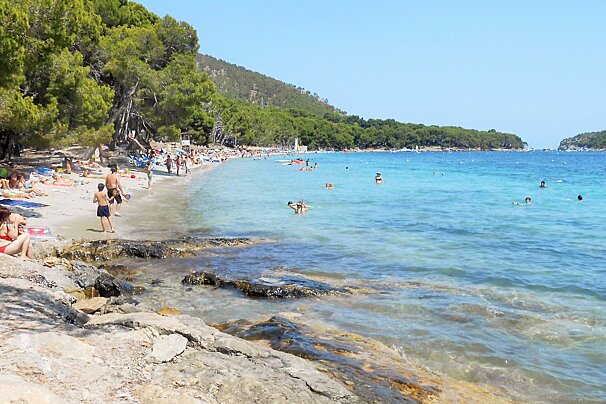Although the majority of the buildings in Pollenca were built in the 17th and 18th centuries, this is a town rich in history dating back to medieval times.
Pollenca's early history
In 123 BC, the Romans landed in Mallorca and set up base close to Alcúdia. Their settlement was named Pollentia, from which Pollenca later got its name. This was a time of peace on the island, until 440 AD when vandals caused destruction and those who survived the attack fled the island.
Pollenca, as we know it today, was founded in the late 12th century by the Arabs. After King Jaume I conquered Majorca (1229 to 1231), Pollenca was gifted to the Knights Templar. They began to build the church in the main square, Parròquia de la Mare de Déu del Àngels (Parish of Our Lady of the Angels), however due to a spat with the King of France during the 14th century the knights fled the island.
From the 16th to the 20th century
From this time onwards, there were continued attacks on this part of the island by pirates, as a consequence watchtowers - such as the Atalaya de Albercutx - were built along the coast. The most famous attack took place in 1550 when Joan Mas led a small band of locals armed only with sticks to fight off the Moorish bandits. This is celebrated with La Patrona Festival each August. The Jesuits arrived in Pollença and in 1697 constructed the iconic church, Monti Sion, situated close to the foot of the Calvari steps.
The arrival of tourism
Until the early 1900s, Pollença was mostly an agricultural town, with little activity along its coast. Things began to change when artists were drawn to the area’s natural beauty, helping to put Port de Pollença on the map. A group of painters, both local and Catalan, played a big part in this creative movement. Tourism took off in the 1960s and now makes up most of the local economy. Even so, the town has kept its traditional charm, with quiet lanes, neat little squares and a well-kept, authentic feel.

